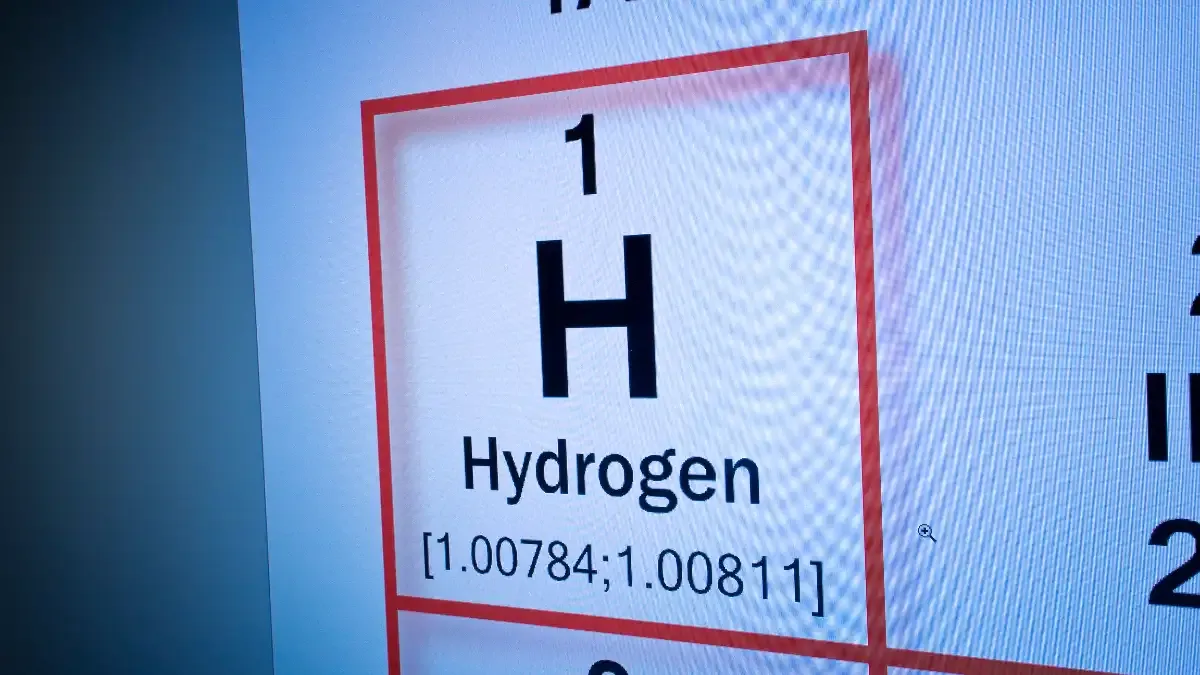Hydrogen plays a crucial role in producing steel, fertilizer, and various chemicals, making its clean and sustainable production a key focus for decarbonizing challenging industries. To support the burgeoning clean hydrogen sector and guide regulators in mitigating associated challenges, researchers from the Massachusetts Institute of Technology (MIT) have presented a comprehensive framework in a paper published in Nature Energy.
Challenges in Clean Hydrogen Production:
The current dependence of U.S. electric grids on fossil fuels poses a potential hurdle to scaling up hydrogen production without exacerbating emissions. The risk of diverting renewable energy earmarked for the grid to "low-carbon" hydrogen projects raises concerns about unintended environmental consequences. To address these challenges, it is imperative to establish a mechanism that ensures low-carbon hydrogen production is supported by additional renewable sources, significantly when subsidized by public funds.
Regulatory Initiatives:
The Inflation Reduction Act (IRA) in the United States offers substantial production tax credits for low-carbon hydrogen. However, the legislation lacks specificity regarding how to evaluate hydrogen's carbon footprint. To address this gap, the MIT researchers propose a phased approach to qualify for tax credits, balancing the need for industry growth with emission reduction objectives.
Phased Approach to Tax Credits:
In the initial phase, hydrogen produced from grid electricity can qualify for tax credits under more lenient standards to facilitate industry establishment. As the demand for electricity in hydrogen production rises, the industry should transition to stricter standards, ensuring a more significant share of electricity comes from renewable sources. As the grid transitions to predominantly renewable energy sources in the long term, standards can be relaxed again.
Addressing Disagreements and Definitions:
The paper delves into the complexities of defining and assessing carbon dioxide emissions related to grid users procuring electricity from renewables. Disagreements arise from differing interpretations of "time matching," determining how closely the timing of hydrogen production aligns with clean electricity generation. Additionally, the concept of "additionality" — whether new hydrogen projects compete for renewable resources or support additional clean energy generation — adds to the complexities.
Using the DOLPHIN energy systems model, the researchers analyze competing scenarios, emphasizing the impact of different interpretations of additionality on emissions estimates. They specifically address the challenges of hourly and annual time-matching requirements and the associated tax credits.
Adaptive Policy Implementation:
The researchers advocate for an adaptive policy framework that evolves with the changing dynamics of the hydrogen industry and the grid's decarbonization. The phased approach underscores the importance of long-term planning by regulators to avoid locking in potentially detrimental policies.
Conclusion:
The MIT researchers emphasize the need for clarity and foresight in policy implementation to foster the growth of the clean hydrogen industry while minimizing emissions. Their proposed framework, grounded in a nuanced understanding of additionality and time-matching, aims to guide policymakers in making informed decisions as they navigate the evolving landscape of clean hydrogen production and its integration into the broader energy transition.
FAQ's
1. Why is clean hydrogen production important for decarbonization?
Clean hydrogen is vital in manufacturing steel, fertilizer, and various chemicals. Its renewable electricity production offers a sustainable solution to decarbonize industries that are challenging to transition.
2. What challenges does the clean hydrogen industry face in scaling up?
The primary challenge lies in the dependence of U.S. electric grids on fossil fuels. Scaling up hydrogen production could lead to increased electricity use and emissions if not sourced from additional renewables. There is also a risk of diverting renewable energy from the grid for low-carbon hydrogen projects.
3. How does MIT propose to support the growth?
According to MIT's latest research, following a phased approach is recommended to qualify for production tax credits. In the initial phase, hydrogen produced from grid electricity can receive credits under lenient standards, gradually transitioning to stricter standards as demand increases. The long-term goal is to relax standards when the grid predominantly relies on renewable energy.
4. What role does the Inflation Reduction Act (IRA) play in clean hydrogen production?
The IRA offers generous production tax credits for low-carbon hydrogen. However, it lacks specificity on how hydrogen's carbon footprint should be judged. MIT's proposed framework aims to provide clarity and guidance on qualifying requirements for these tax credits.
5. What are the disagreements and definitions addressed in the research?
Disagreements arise from differing interpretations of "time matching," determining how closely the timing of hydrogen production aligns with clean electricity generation. Additionally, the concept of "additionality" — whether new hydrogen projects compete for renewable resources or support additional clean energy generation — adds complexity.
